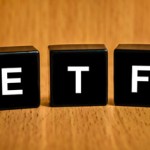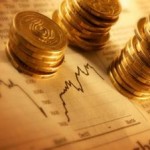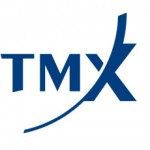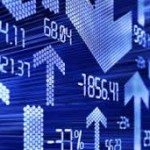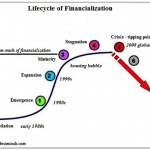The Pros and Cons of Buying Buyback ETFs
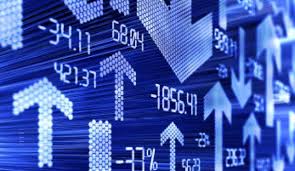
Companies splurged on share buybacks in 2014’s first quarter, and investors splurged on buyback funds.
The amount companies spent buying back their own shares jumped 59 percent compared to a year ago, according to Standard & Poor’s. Over that time, exchange-traded funds focused on buybacks saw assets quadruple to $3.3 billion. Despite the jump, buyback ETFs largely live in the shadows of dividend-focused ETFs, which have about $60 billion in assets. While the buyback trend may slow, companies that do buybacks tend to be solid, profitable companies, and thus good investments.
Both dividends and share buybacks allow a company to pass on earnings to shareholders. Buybacks typically bump up the stock price, and do so without tax consequences for stockholders — unless they sell and must pay more in short-term capital gains. Dividend payments are taxed as ordinary income in the year they’re received.
The darker view of buybacks is that they’re a short-term way to appease shareholders. The issue is whether that money would be better used for longer-term strategic initiatives.
A more immediate concern is how much more life the buyback trend has, and if its positive effect on stock prices will diminish. The S&P 500 Buyback Index is lagging the S&P 500 this year by about 1 percent. This time last year, it had risen 54.6 percent to the S&P’s 37.6 percent.
Here’s a look at three U.S.-focused ETFs that have beaten the S&P 500 over the short- and long-term, and have done so without incurring extra volatility.
PowerShares Buyback Achievers Portfolio (PKW)
Of PKW’s $3 billion in assets, $1.8 billion flowed in over the last 12 months. It holds stocks that have reduced net shares outstanding by at least 5 percent in the past year. While that may seem a strict criterion, it nets 171 companies. The portfolio’s market cap-weighted, so big companies like Oracle Corp. (ORCL) and Home Depot Inc. (HD) dominate.
PKW reconstitutes holdings once a year, in January. A company like Apple Inc. (AAPL), which recently set a quarterly record with an $18 billion buyback, won’t be considered for inclusion until January at the earliest, according to ETF Trends. PKW charges 0.70 percent of assets annually.
TrimTabs Float Shrink ETF (TTFS)
This fund is small, at $136 million, but has doubled in size in the past year. It takes the broad universe of Russell 3000 stocks and screens out companies that issue debt to do buybacks, preferring those that use free cash flow. It then takes the top 100 on the list and equal weights them. Its portfolio is reconstituted every month, so Apple was added in June. It charges 0.99 percent per year.
Cambria Shareholder Yield ETF (SYLD)
SYLD has also doubled in size in the past year, to $221 million. It was awarded our “Best ETF Launch” of 2013. It screens companies on buybacks, dividends and debt paid down, which filters out companies that issue debt to do buybacks. It then equal weights 100 stocks. It has more exposure to small- and mid-cap stocks than TTFS — they’re about a third of assets. In the case of Apple, SYLD added it last August. SYLD charges 0.59 percent per year.
Author: Eric Balchunas is an exchange-traded-fund analyst at Bloomberg.
Source: bloomberg









